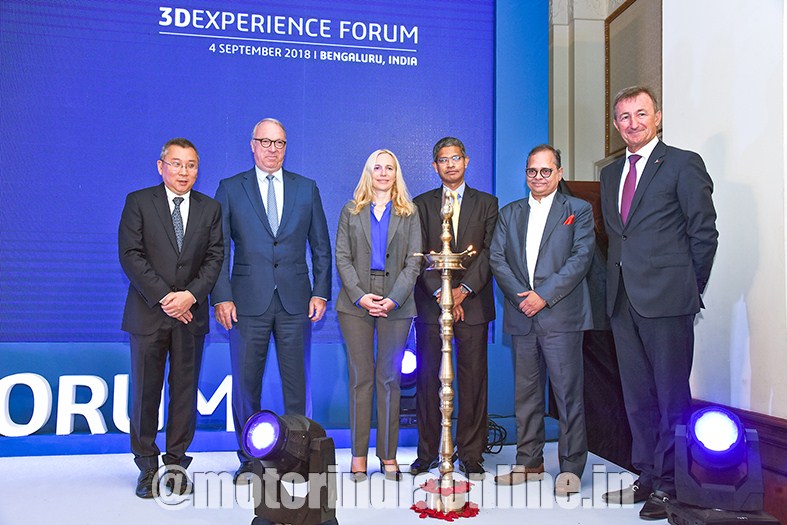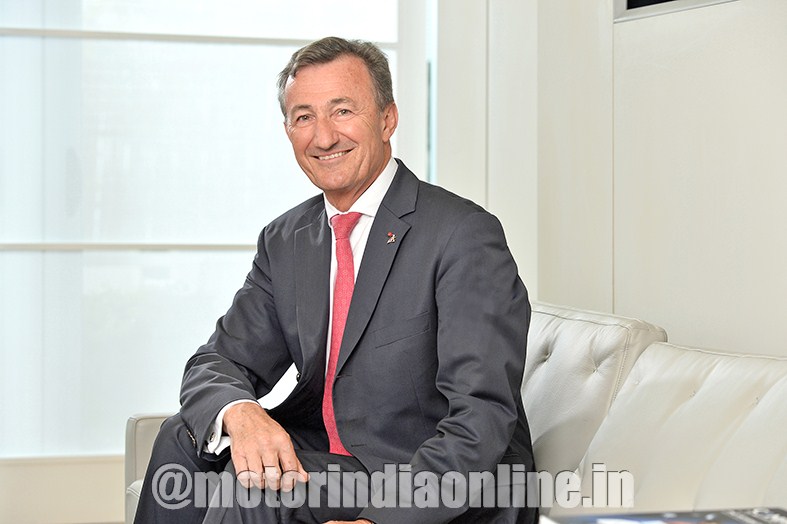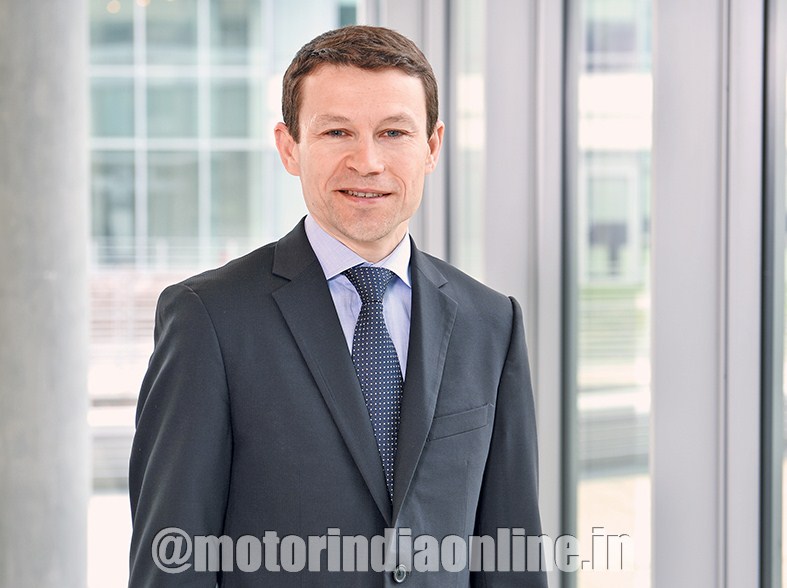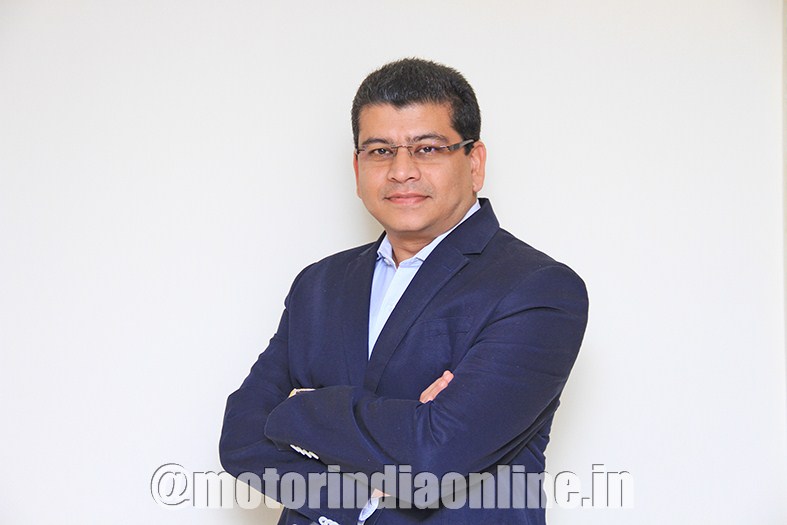Ashok Leyland is now one of the foremost adopters of the 3D Experience industry solution platform of Dassault Systemes in India. Globally, Dassault Systemes is known for its 3D design software.
In India, it has had its research and development laboratories since 1996. It was in 2007 that Dassault Systemes made its appearance in India as a full-fledged service provider. The relationship between Dassault and Ashok Leyland in automotive manufacturing is almost 15 years strong.

With the adoption of GVPP or Global Validation, Proven Performance as a solution on the 3D Experience platform, Ashok Leyland is now embracing end-to-end product development. With this, the Indian OEM will be able to ‘accelerate modular design architecture, validation, production and configuration management for its commercial vehicle production’.
Dr. N. Saravanan, Senior Vice President – Product Development, Ashok Leyland, said: “GVPP based on the 3D Experience platform will allow us to reduce the ‘time-to-market’ and to achieve ‘zero defect’. With this, taking modularity from virtual to real life and managing it will mean taking care of the customer requirements, from concept design to manufacturing, which will involve EBOM – that is, engineering bill of materials, generation, progressing to MBOM – which is manufacturing bill of materials, to manufacturing and many steps in between. This allows us to be agile throughout the value chain along with being innovative and cost-efficient.”

Mr. Bernard Charles, Vice Chairman & CEO – Dassault Systemes, shared: “The idea is to give the Indian automotive industry a new direction towards more system ability, sustainability, increased safety and ability to achieve quality mobility at a lower cost because we believe it has its impact on everything.
“What is happening is that in the cities and the territories, the new thinking process now involves infrastructure and what we call as multi-model transportation, and hybridization.”
So basically what is happening is that a thought process is being triggered about what can be done with regard to space – metro versus train versus road. I think it is going in the right direction and opening up many opportunities for our clients. At Dassault, we wish to ensure that the Indian automotive industry uses our solutions because we are providing the right solutions for the Indian needs.”
With Dassault’s industry solution platform, Ashok Leyland will be able to manage tests pertaining to trucks, buses and cars at both the R&D and field levels. GVPP offers ‘industry-proven capabilities to define performance of the vehicle at system and sub-system levels using analytics and traceability’.

Mr. Olivier Sappin, Vice President – Transportation & Mobility Industry, said: “What we want is to provide a platform which enables the customer perform visibility physics and optimization in reality.
“The actual performance of the test is not what is complex. What is complex is to make sure that the client is able to combine tests, to optimize the system in such a way that the engineer can find the best solution within limited time and cost that is available to him.”
“So the companies need to build the right strategy in terms of the kind of tests they want to apply, the kind of alternatives they wish to study, the best trade-offs possible – these are exactly the reasons why a platform instead of a tool is needed.”
On the solution platform of 3D Experience, GVPP is but one solution out of 12 offered by Dassault which are specifically meant for the transportation and mobility sector. Besides offering functions such as validation, simulation, optimization and trade-off, GVPP allows for cost savings too, on, say warranty, which makes up a big percentage of the overall cost in manufacturing.

Mr. Shree Harsha, Business Consulting Director – Transportation & Mobility Industry, explained what industry solution experience is: “Our offerings start from concept to engineering, learning what the customer wants, coming up with a concept product, designing it, testing it virtually and then manufacturing it and then finally taking it to the market.”
“So the entire value chain has the message embedded in it. We have solutions in each of the domains. With this, we tie the business process of the customer which is what is industry solution experience.”
Mr. Sappin explained how the 3D Experience works for the consumer: “When the client starts a new truck platform, they take a look at the requirements, especially the performance parameters, and whether the truck will comply to Euro IV or VI in terms of emissions, besides having safety features such as ABS and the like. Then these will be translated into what will be the engineering parameters to drive that. Now, the data that is created needs to be stored in the data base so that the sales person or the test engineer can have at hand the same reference about the parameters. The client will decide on the type of different tests to perform in order to check that the requirements are met with. And every single test will need either a virtual or physical prototype and the customer has to decide that. So all these have to be stored in order to make it efficient. Companies spend huge amounts in terms of prototypes and tests so having the platform brings down the cost.”
Mr. Shree Harsha explained in detail Ashok Leyland as the case study: “In a typical truck, we do 15,000 tests and the development span is five years. The question is how many versions of the tests and files with various sets of people will be created and how will these be managed together. Ashok Leyland has realised that it is not about digitisation of one domain, but they need to digitise the entire vehicle process. That is the transition that is happening in the Indian automotive industry right now.”
With global brands eagerly coming in to India to set up their manufacturing units, the Indian OEMs are under tremendous pressure to deliver better, faster and at a lower cost. Mr. Shree Harsha agreed: “Suppliers are realising the scenario and hence are switching to the most innovation-led businesses, and in this, EVs are going to be a big game changer.”
And Dassault is looking at the huge opportunity in India where testing and trials on EVs are concerned. He added: “Our success would give us the global market where everyone is in the same stage.”
Mr. Samson Khaou, Managing Director – India, added: “Newer models of commercial vehicles are pushing traditional companies to innovate and to think about how to leverage the data. So digitisation is what will define the best business model for the consumer. And this is where the value of the 3D Experience platform lies – which has the ability to aggregate the data, provide insights and offer predictive analysis of the project.”
Adopting Dassault’s solution platform will help Ashok Leyland to reduce their product development cycle from three years to 18 months and bring down the cost by five per cent.
Armed with the 3D Experience by Dassault Systemes, Ashok Leyland will now be able to introduce new features promptly to manage increasing vehicle and development process complexities, and that is exactly how the Indian commercial vehicle OEM will take on the competition and come up a winner.